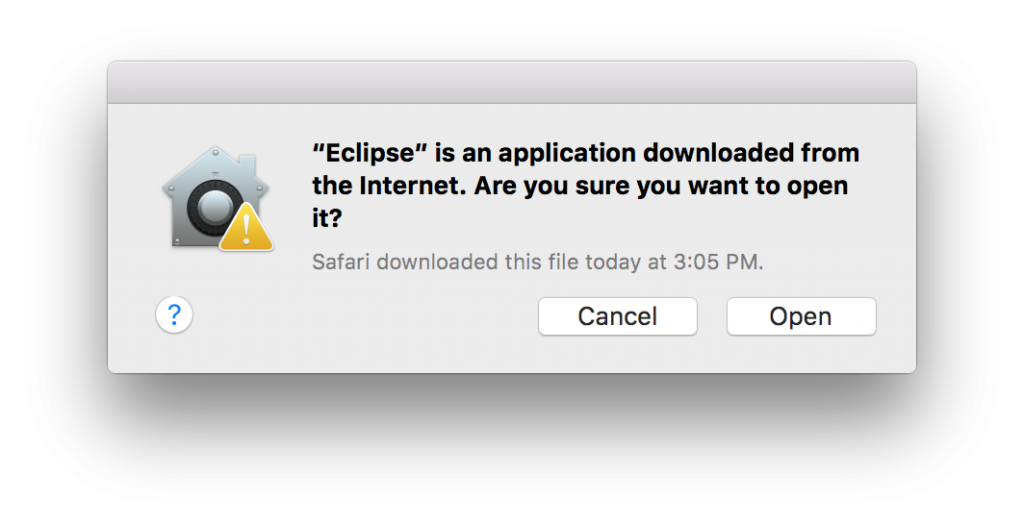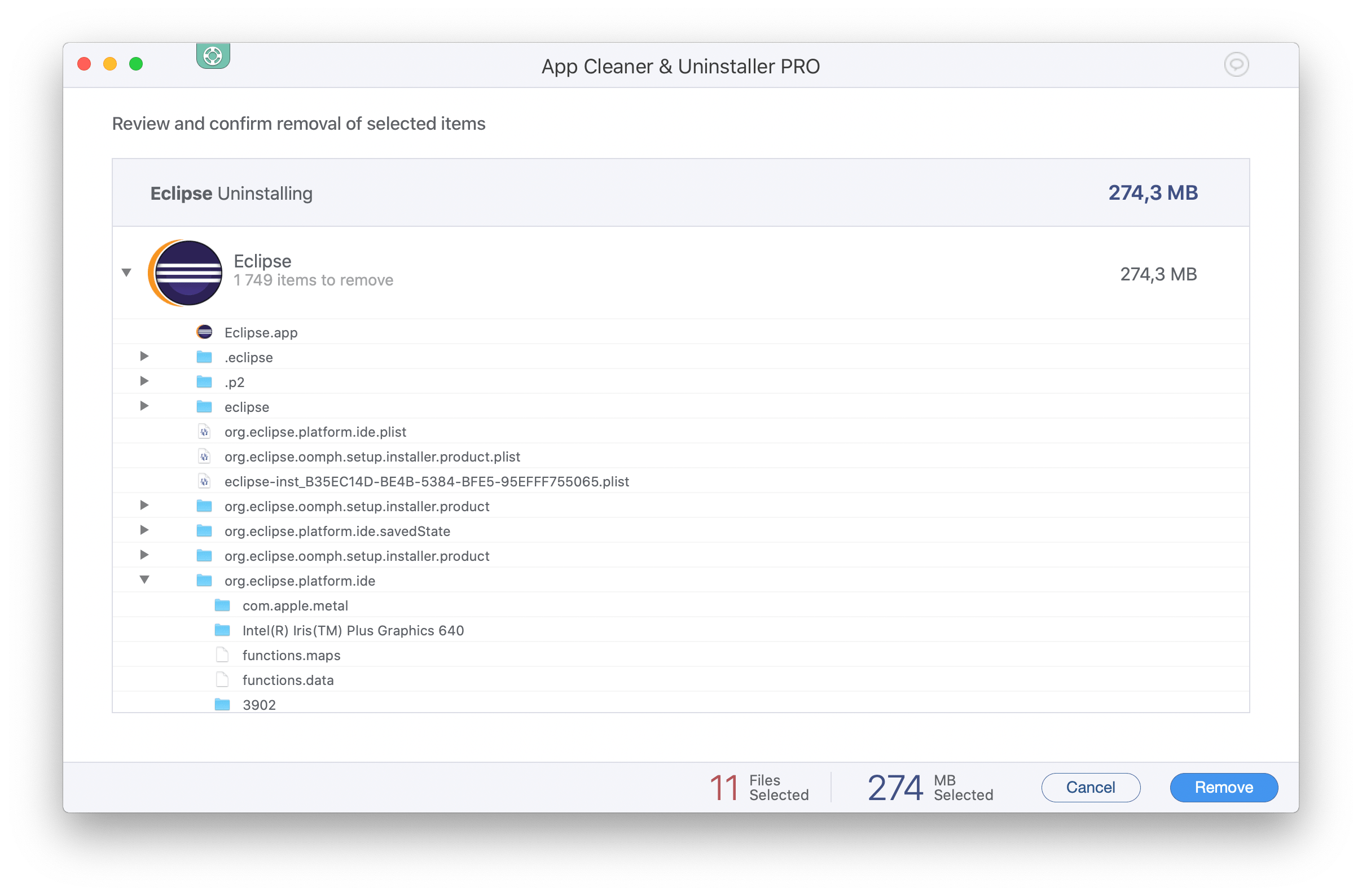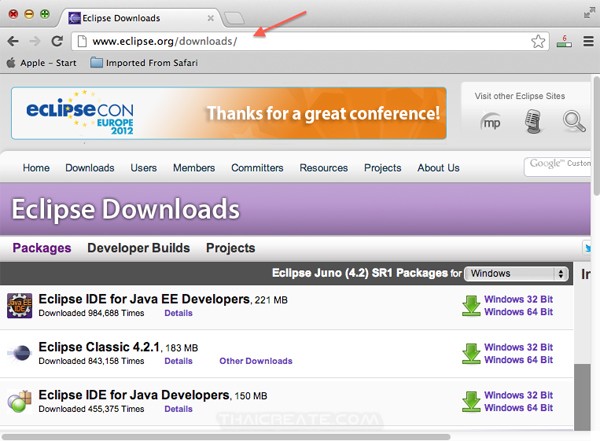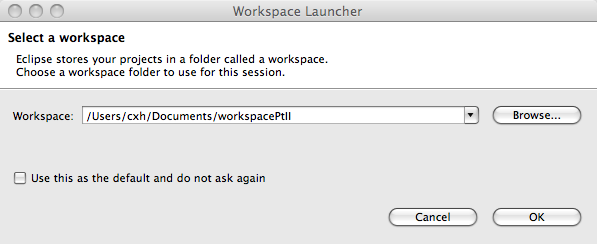

Remove any older copies of the Java Runtime Environment that may be installed on your system. You can check your version of Windows using these instructions. If you don't have a supported version of the operating system, you'll need to either upgrade or do your class work on a cluster machine. (Note that these screenshots are for Windows, even though they were taken on a Mac) Our version of Eclipse will only work on Windows 7 (2009) or higher. You're all set up! To get started importing and running projects, check out the "Importing and Running Projects" section of this page. In the view that appears, make sure to uncheck Header Comments. In the results on the left, underneath "Java>Editor", click Folding. To change this, first open Eclipse preferences (Eclipse -> Preferences on Mac or Windows -> Preferences on Windows). By default, Eclipse hides (or "folds") the program comment at the top of each code file we want to have those always be visible. In the "Work with" text box, type and press Enter.Ĭlick "I accept the terms of the license agreement," then click Finish.Ĭlick OK when you see the warning about installing unsigned content.įinally, we need to change one Eclipse setting. Once Eclipse has started, click Help -> Install New Software. This is what adds the "Stanford Menu" to Eclipse, as well as the icons to run, import, and submit projects. Now we need to install the "Stanford Plugin".

Click the Use this as the default and do not ask again checkbox, and then click OK. We will always give you skeleton projects for your assignments, so you don't need to worry about where the workspace is. In CS 106A you won't have to make any new projects from scratch. When you run Eclipse for the first time, you may get a screen that looks like this:Ī workspace is just a directory that Eclipse will use to place new projects in. You can now delete eclipse_mac.dmg and eject the Eclipse disk image from your desktop. You will be able to open Eclipse without right-clicking from now on. If you see an error that says Eclipse "can't be opened because it is from an unidentified developer," right-click on the Eclipse icon and select "open" instead.

Download and install the Java SDK for MacĬlick on the downloaded eclipse_mac.dmg file to open the Eclipse disk image.ĭrag the Eclipse app into the Applications folder on your Mac.ĭrag the Eclipse icon from there to your Dock to create a shortcut.Ĭlick on the icon in the Dock to open Eclipse.

You can check your version of macOS using these instructions. Our version of Eclipse will only work on macOS 10.6 (2009) or higher.


 0 kommentar(er)
0 kommentar(er)
